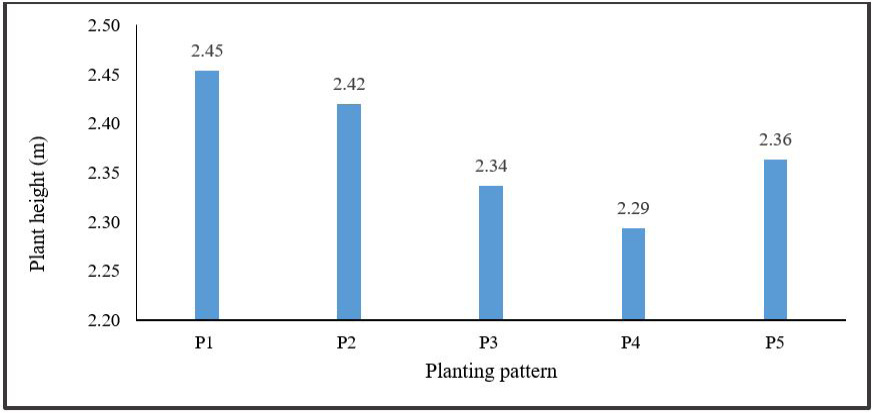Maize Yield Performance Under Planting Patterns and Row Spacing in Semi-Arid Zone of Pakistan-Mardan
Maize Yield Performance Under Planting Patterns and Row Spacing in Semi-Arid Zone of Pakistan-Mardan
Shakir Ali1, Zia Ul Haq1, Abdul Malik1, Tariq Mahmood Khalil1,2* and Ijaz Ahmad Khan3
Precipitation, mean maximum and minimum temperatures at the research site, Mardan.
Soil sampling and texture analysis.
Field preparation and plots making.
Sketch of five different planting patterns.
Schematics of randomly assigned treatments replicated three times.
Measuring plant height and leaf area.
Effect of planting pattern and row spacing on days to 50% seedling.
Effect of planting pattern and row spacing on plant height.
Effect of planting pattern and row spacing on leaf area.
Effect of planting pattern and row spacing on grain yield.
Effect of planting pattern and row spacing on biomass yield.




















